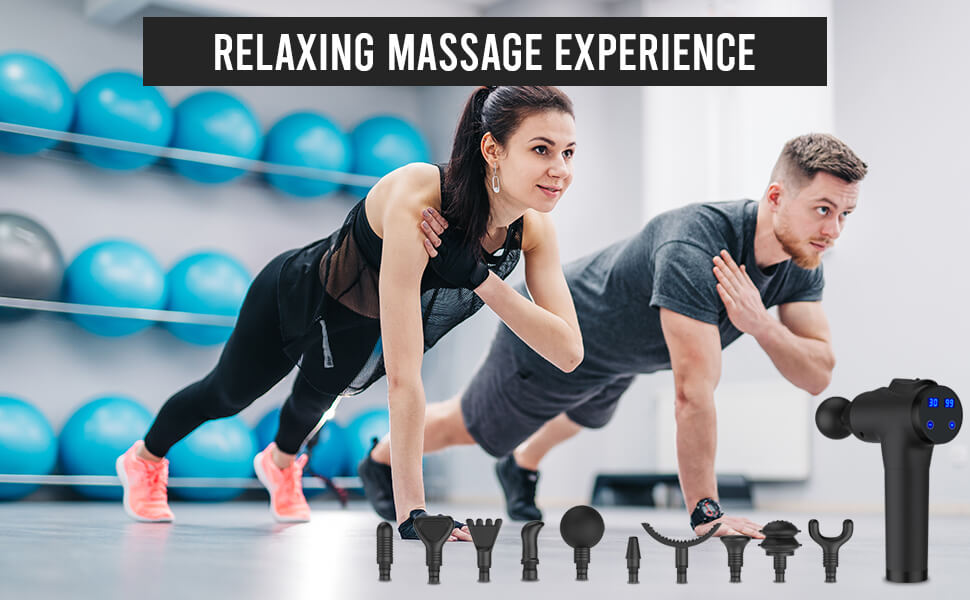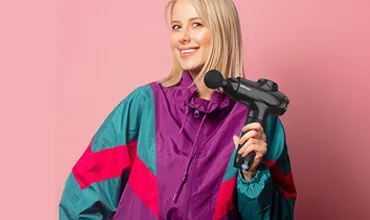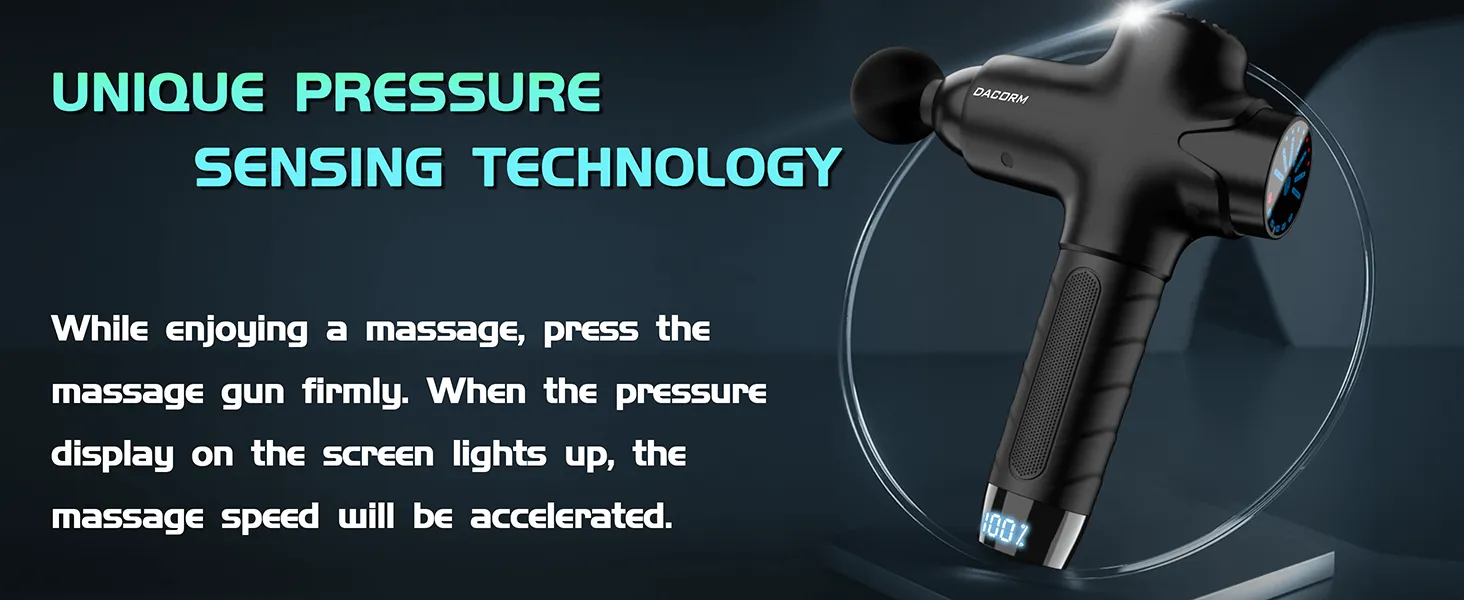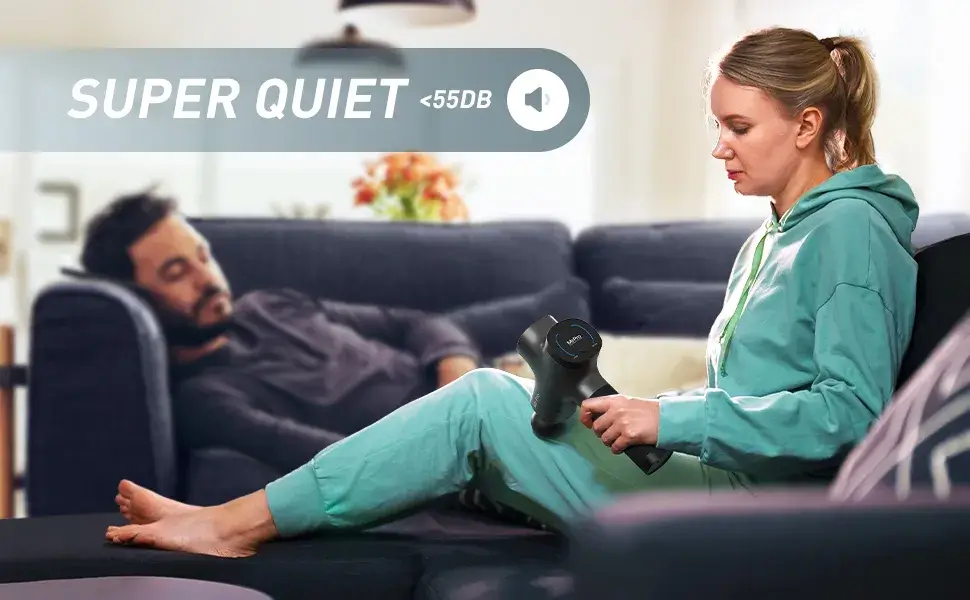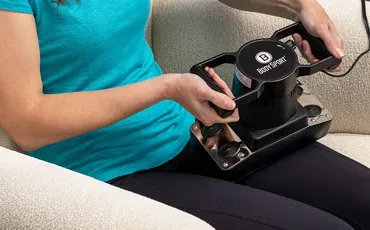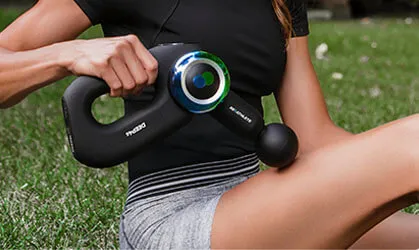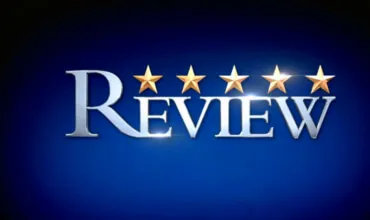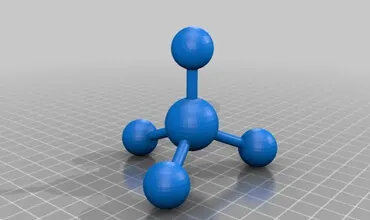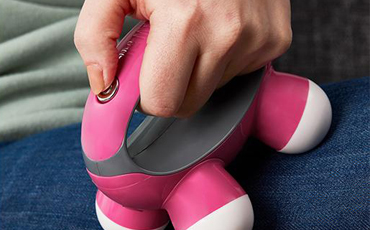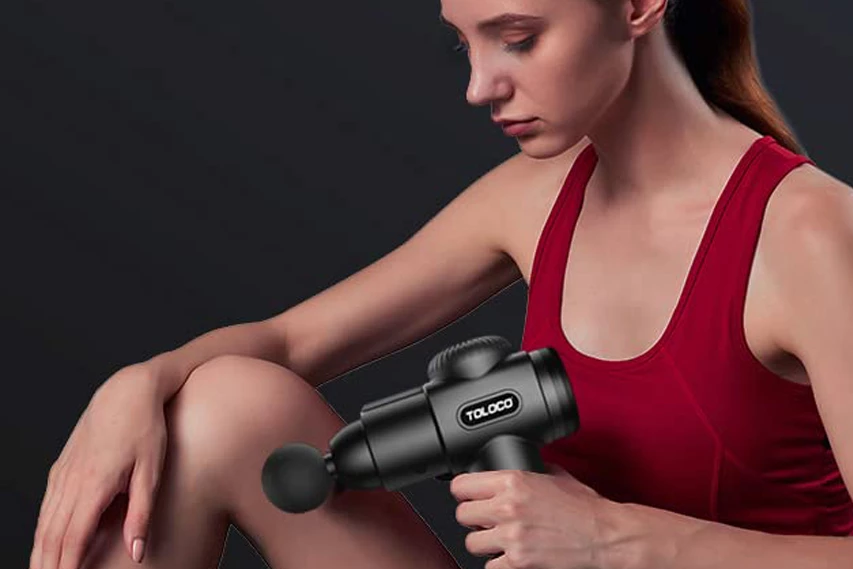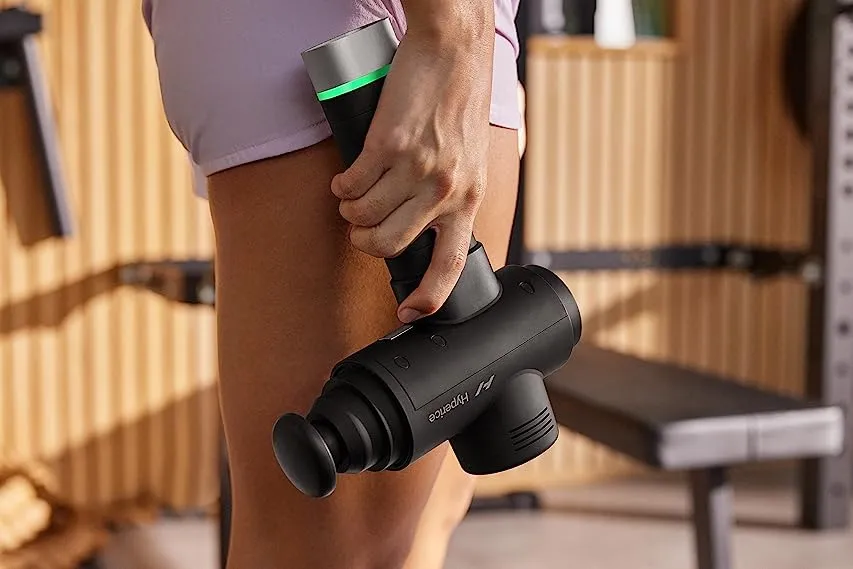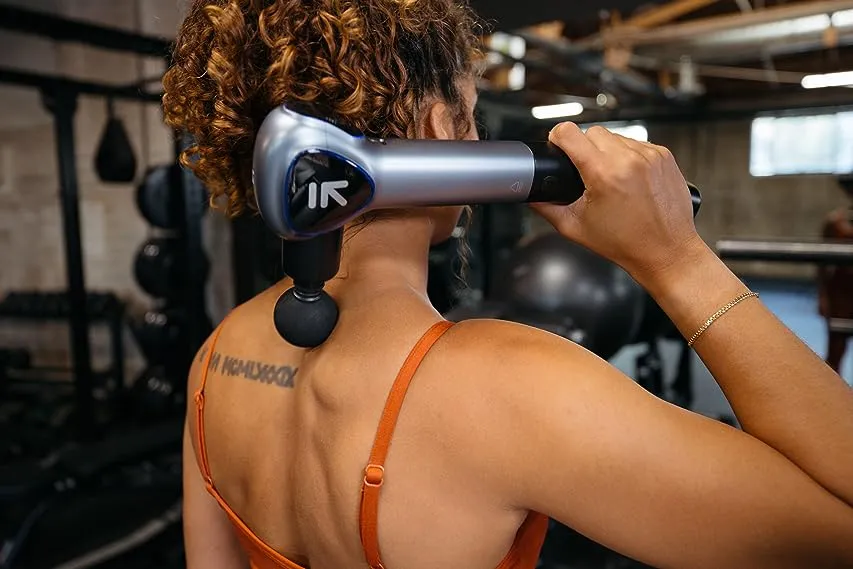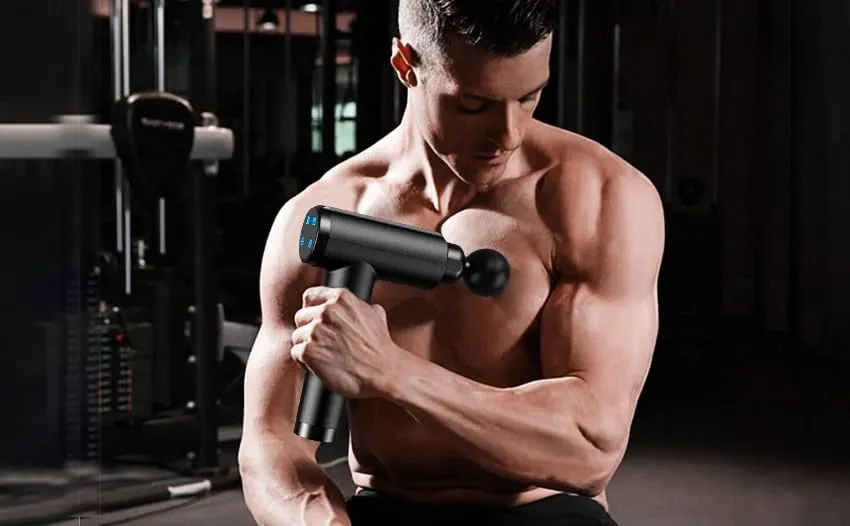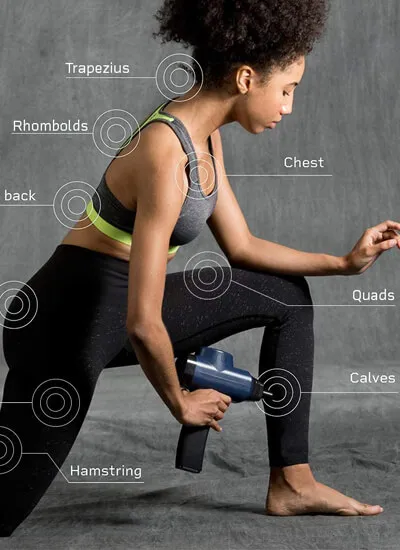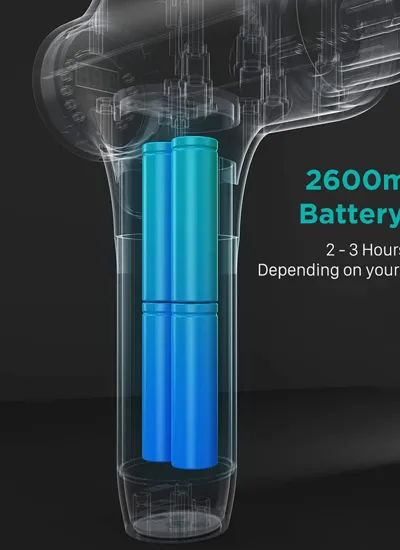Good business behavior is like a competition of chasing each other: you need to get ahead of the competition and run into the hearts of consumers. In this race against time, “consumers” are undoubtedly the core and key to the competition among sellers. Knowing the consumer is the key to winning, so there are a lot of mathematical models. We fully refer to these 10 mathematical models and have the support of many partners.
1. Consumer behavior learning model
This model is influenced by Maslow’s principle of demand, which believes that buyer behavior is a demand-based response. This model states that consumers first purchase a product or service to satisfy their basic needs, and then continue to purchase to satisfy learned needs; generally applicable to businesses that cater to all levels of consumer need.
2. Psychological analysis model of consumer behavior
The model points out that individual consumer buying behavior is often motivated by intentional or unintentional motives, which may be hidden fears, repressed desires, or personal needs. Therefore, consumers’ buying behavior can be stimulated by companies, and these “awakened” needs may be unconscious, and customers don’t always know why they are attracted, only the feeling of “owning” is right.
3. The sociological model of consumer behavior
Sociological models of consumer behavior suggest that purchasing behavior is influenced by an individual’s position in different social groups, and that people often choose products that represent their identity. For example, corporate executives are often given a professional and formal image, so people in these jobs will also buy products that meet the characteristics of this group, such as business suits and leather shoes.
4 Economic Models of Consumer Behavior
The model argues that consumers are more inclined to “spend less money to maximize demand,” meaning operators can forecast sales based on customers’ incomes and product prices. If the company provides the lowest price products, it means that the profit level of the company can be continuously guaranteed.
5. EKB consumer behavior model
The EKB model, also known as the Engel model, is a relatively complete and clear theory of consumer behavior. The model outlines five stages that consumers go through before purchasing a product:
Awareness stage: consumers see information such as advertisements and generate purchase needs or interests;
Information processing stage: after consumers discover the product, they think about whether it can meet the current needs;
Evaluation stage: carry out comparative research with competing products to select the best;
Purchase decision stage: comprehensive evaluation and decision to purchase;
Result analysis stage: Consumers will have a negative or positive experience after purchase or use, which will decide whether to repurchase or express dissatisfaction.
6. Consumer Behavior Black Box Model
Also known as the stimulus-response model, the black box model assumes that consumers are exposed to marketing mixes and other external environmental stimuli from merchants and process them in their minds (black box) where they associate the external stimuli with their pre-stored knowledge, such as personal beliefs and desires, and ultimately make purchasing decisions.
7. The Hawkins Stern Impulse Buying Model
Hawkins Stern classifies this impulsive behavior into four types:
Attracting a purchase: Sometimes referred to as pure impulse, it involves buying non-daily items or items on a shopping list. Consumers are attracted by the visual effects of these items to generate purchase behavior.
Reminder to buy: When consumers are reminded by promotional activities and “careful machines” on product displays (such as ice cream scoops tried in the refrigerated area of supermarkets), they have the impulse to buy.
Recommended purchases: Consumers will have purchase impulses after being recommended by shopping guides or online algorithms.
Planned purchases: Although planning and impulsiveness may sound like the opposite, these purchases here usually happen when consumers know they want and accidentally drop the price before making planned impulse purchases, such as the eve of e-commerce festivals such as Double Eleven. Many consumers will plan ahead and buy in bulk.
8. The Howard-Sheath Model
There are three successive levels of decision-making in the process:
Broad solutions: Consumers do not have specific brand preferences, they gather information broadly to find the right product.
Limitation problem solving: Consumers gather some information and start comparing and making choices.
Habitual Problem Solving: Consumers have a loyalty base to certain brands and therefore buy based on experience every time they buy.
There are four factors that influence the decision-making process:
Input variable: refers to the marketing information received by consumers in the decision-making process, including recommendations and introductions from relatives and friends.
External variables: refer to external factors in the purchase decision process, such as culture, personality, financial resources, etc.
Intrinsic factors: It mainly explains how input variables and extrinsic variables play a role in psychological activities to lead to results.
Outcome variable: refers to the final purchase behavior, including three stages of cognitive response, emotional response and behavioral response, such as weather, religion, etc.
9. Nicosia Model
The model mainly consists of four parts:
Marketing characteristics and customer attitudes: Enterprises transmit product information to consumers through media, and consumers then internalize their own personal characteristics and experiences to form attitudes.
Surveys and Reviews: Customers compare different brands based on company information.
Purchase decision: Consumers turn motivation into actual purchase action, a process influenced by factors such as brand availability, distributors, and more.
Feedback: Consumers have an actual experience after purchasing and using the product, and on this basis, decide whether to repurchase; and the company will decide whether to continue to use the same marketing strategy based on consumer feedback.
10. The Webster and Wind model
The Webster and Wind model is a B2B buying behavior model that considers 4 variables that influence a firm’s purchasing decision:
Environmental variables: External factors that may influence purchasing decisions, such as customer needs, supplier relationships, competitive pressures, and technology, politics, and culture.
Organizational variables: Internal factors that may affect purchasing decisions, such as organizational technology, organizational structure, organizational goals and tasks, organizational executors, etc.
Procurement core member variables: such as who ultimately decides the purchase, who has the authority to sign the contract, who influences the purchase process, etc.

